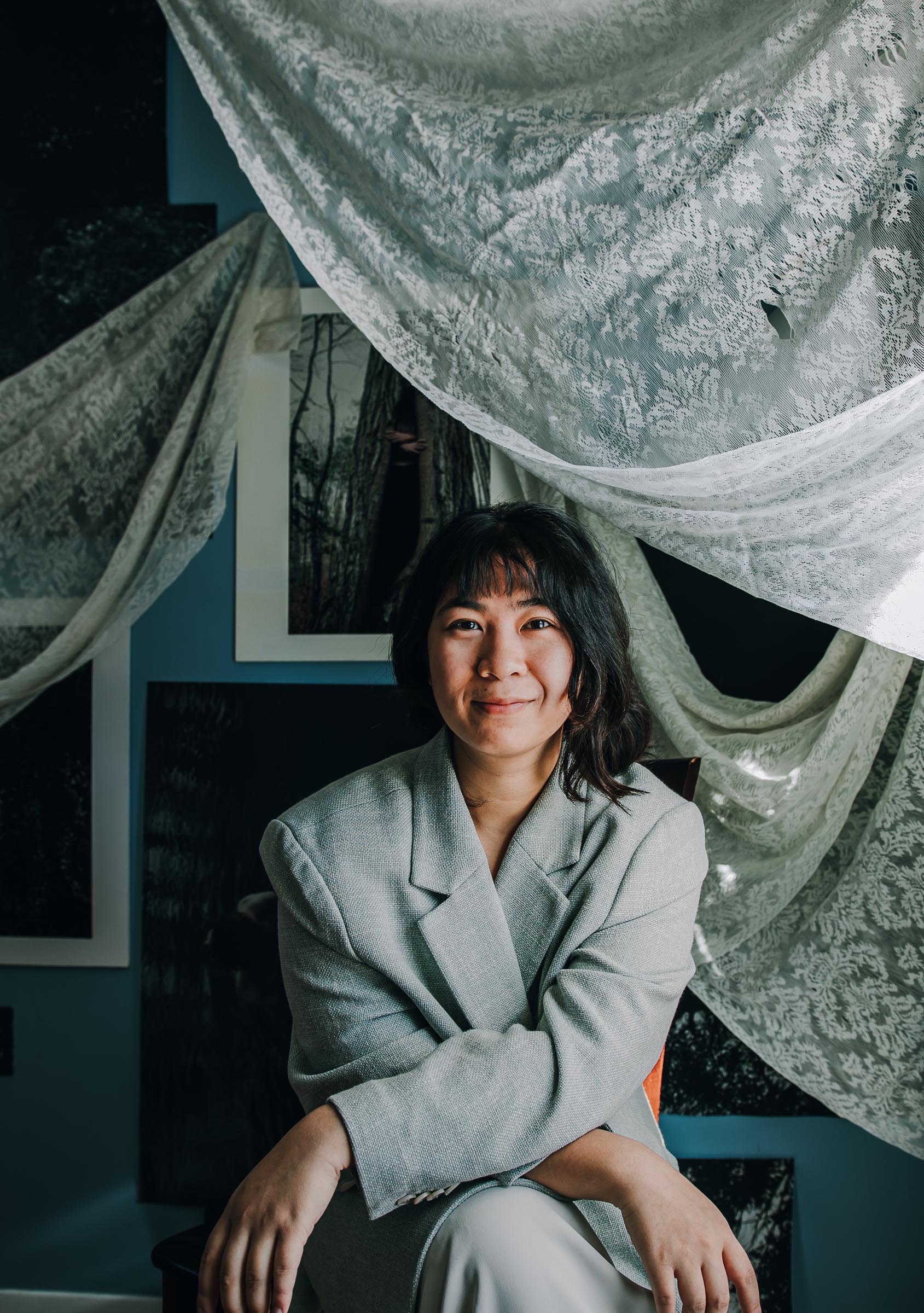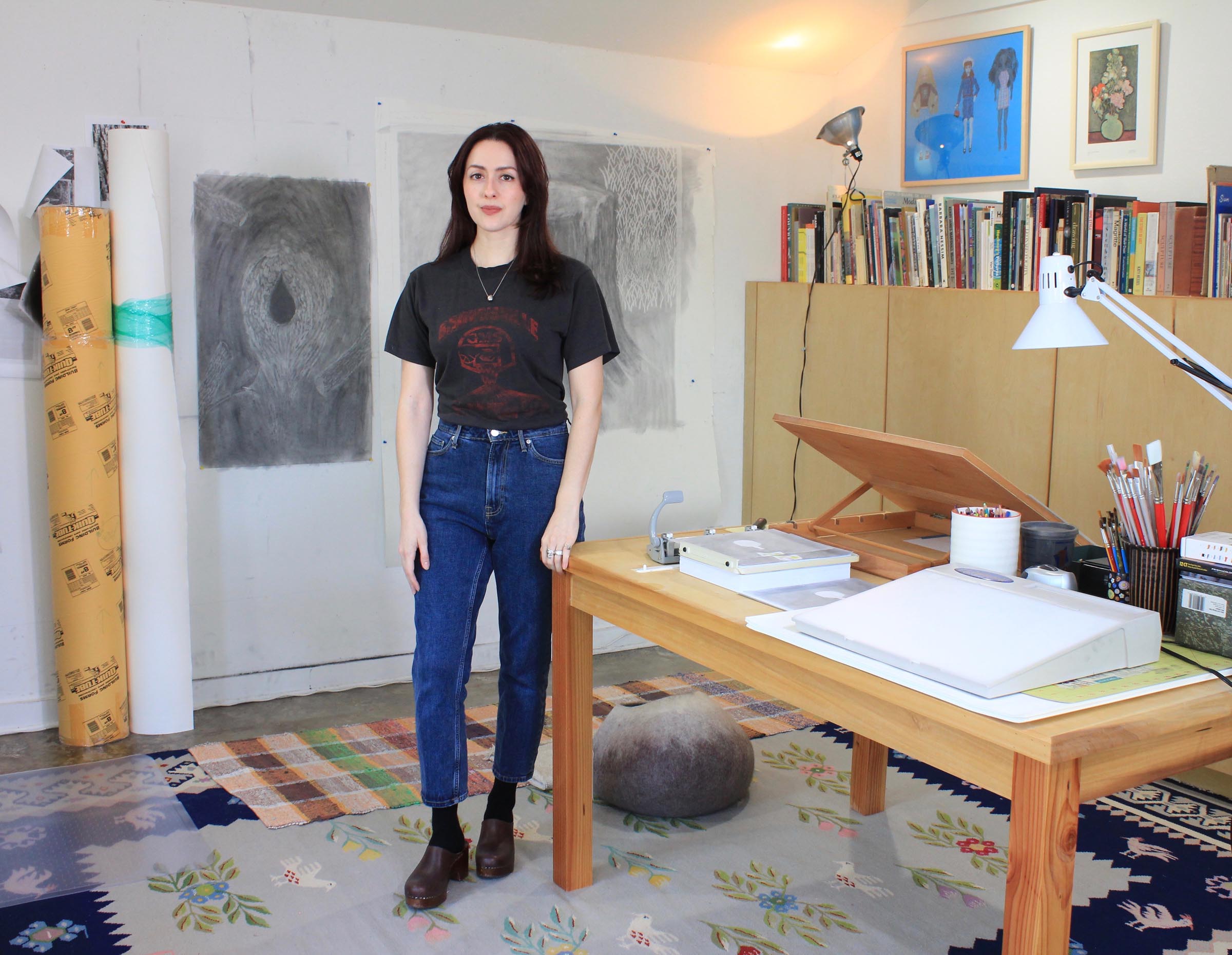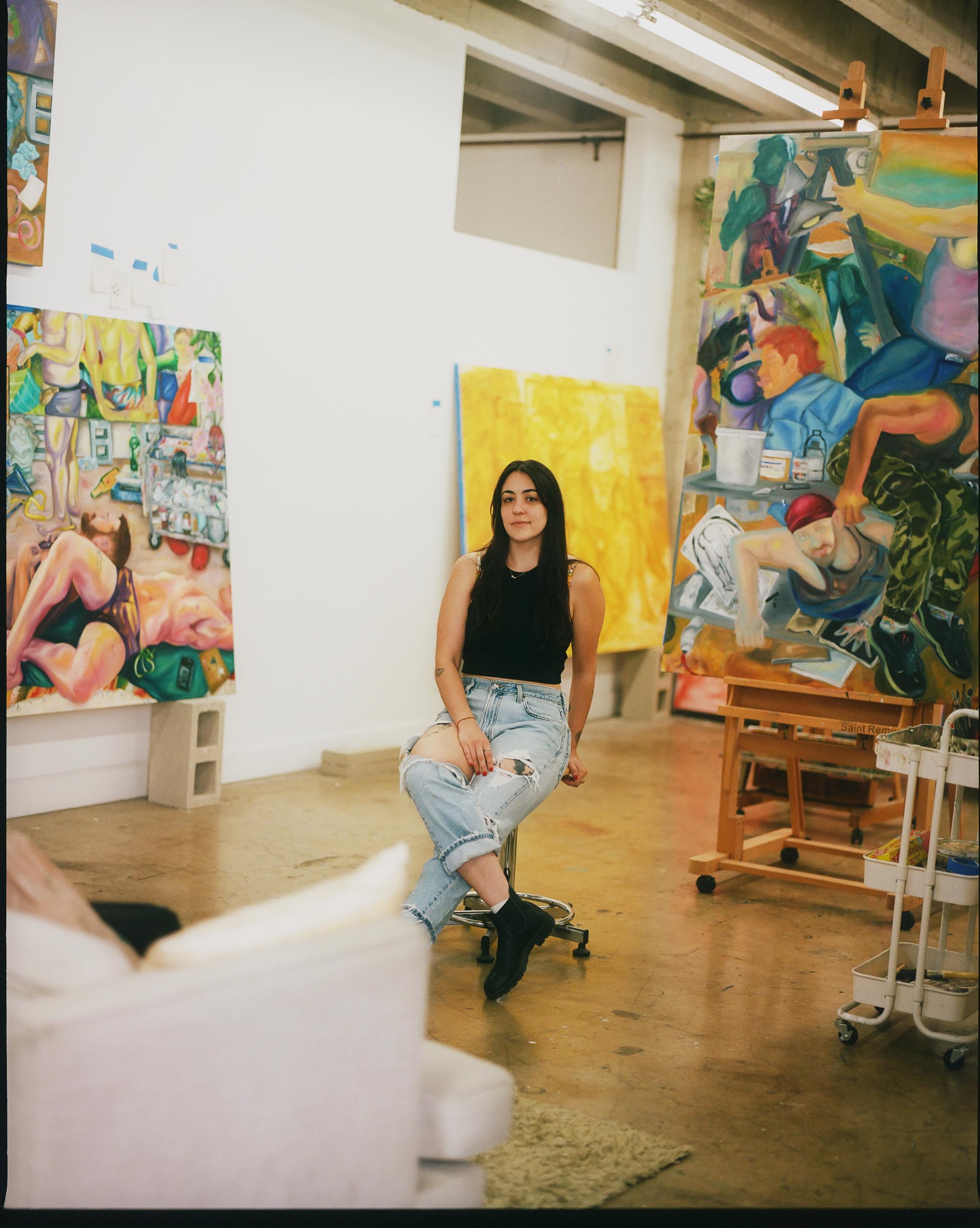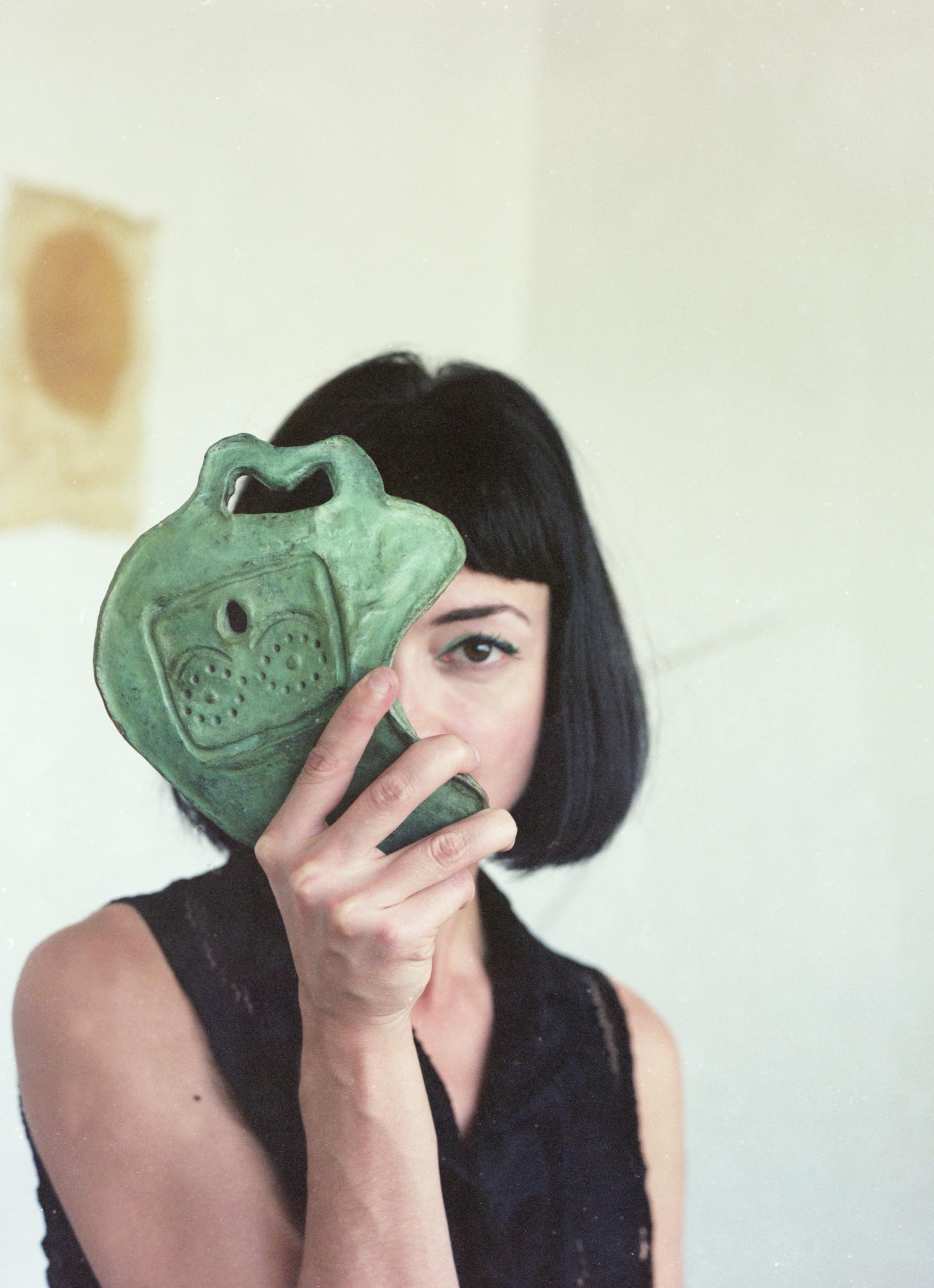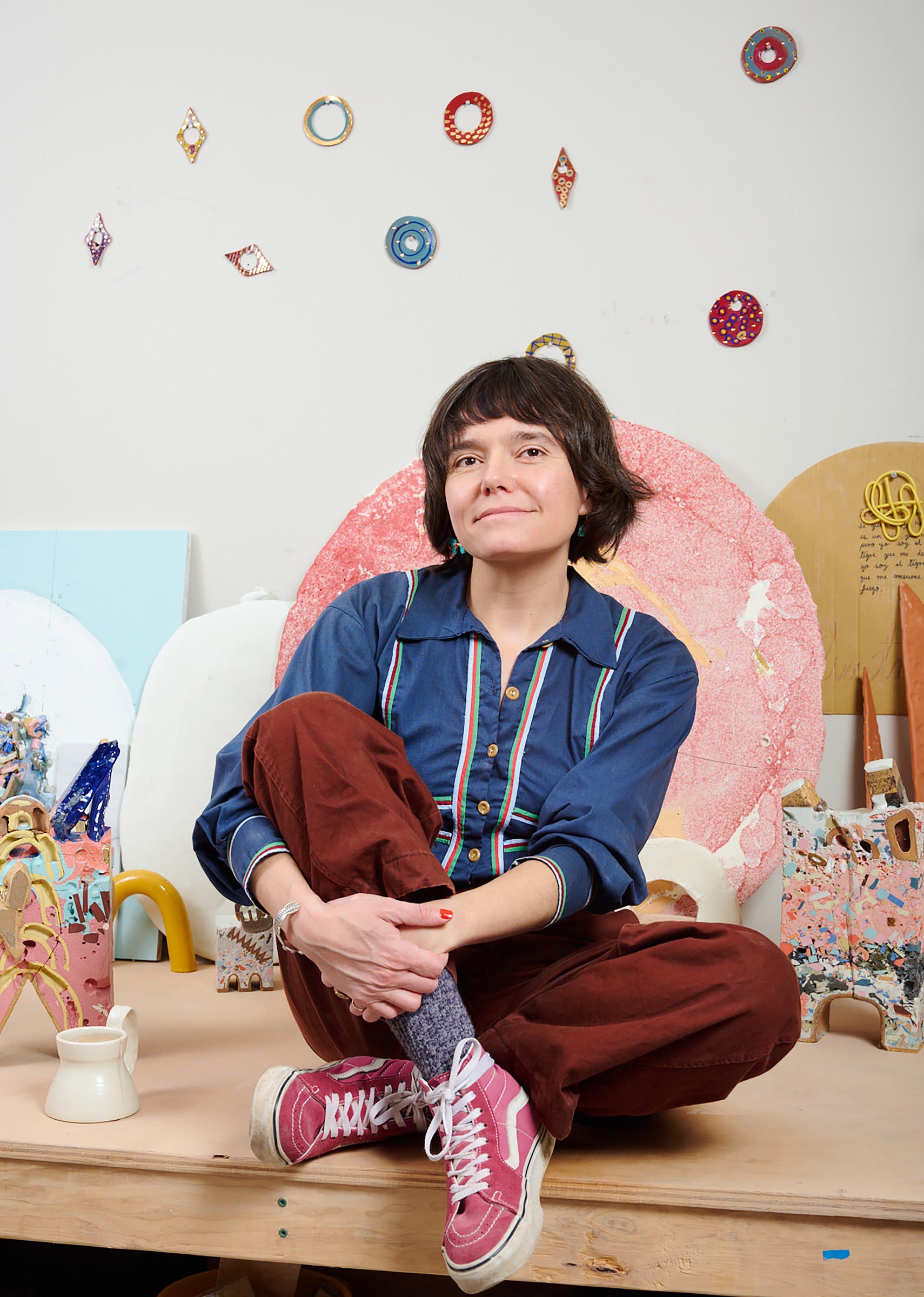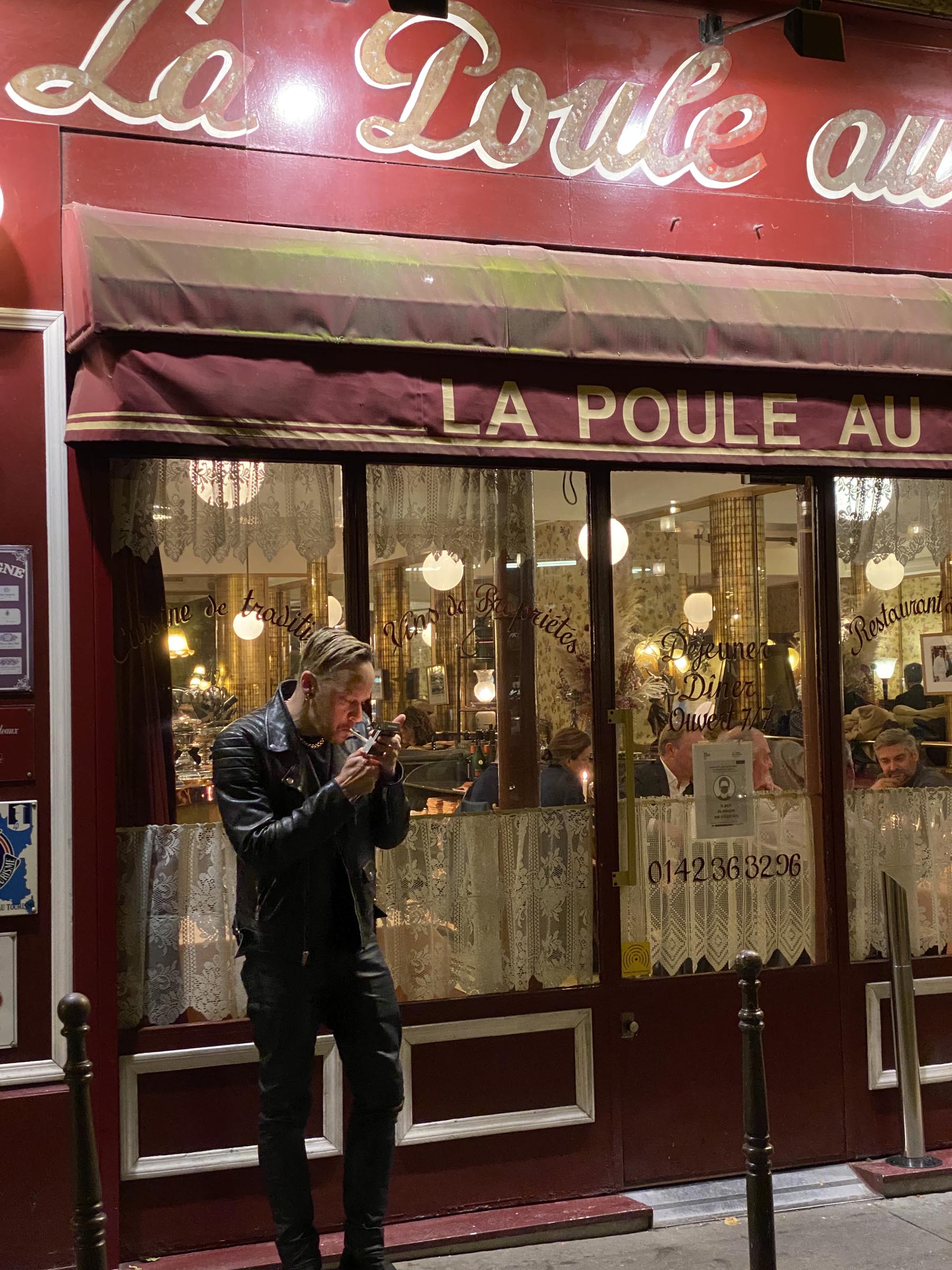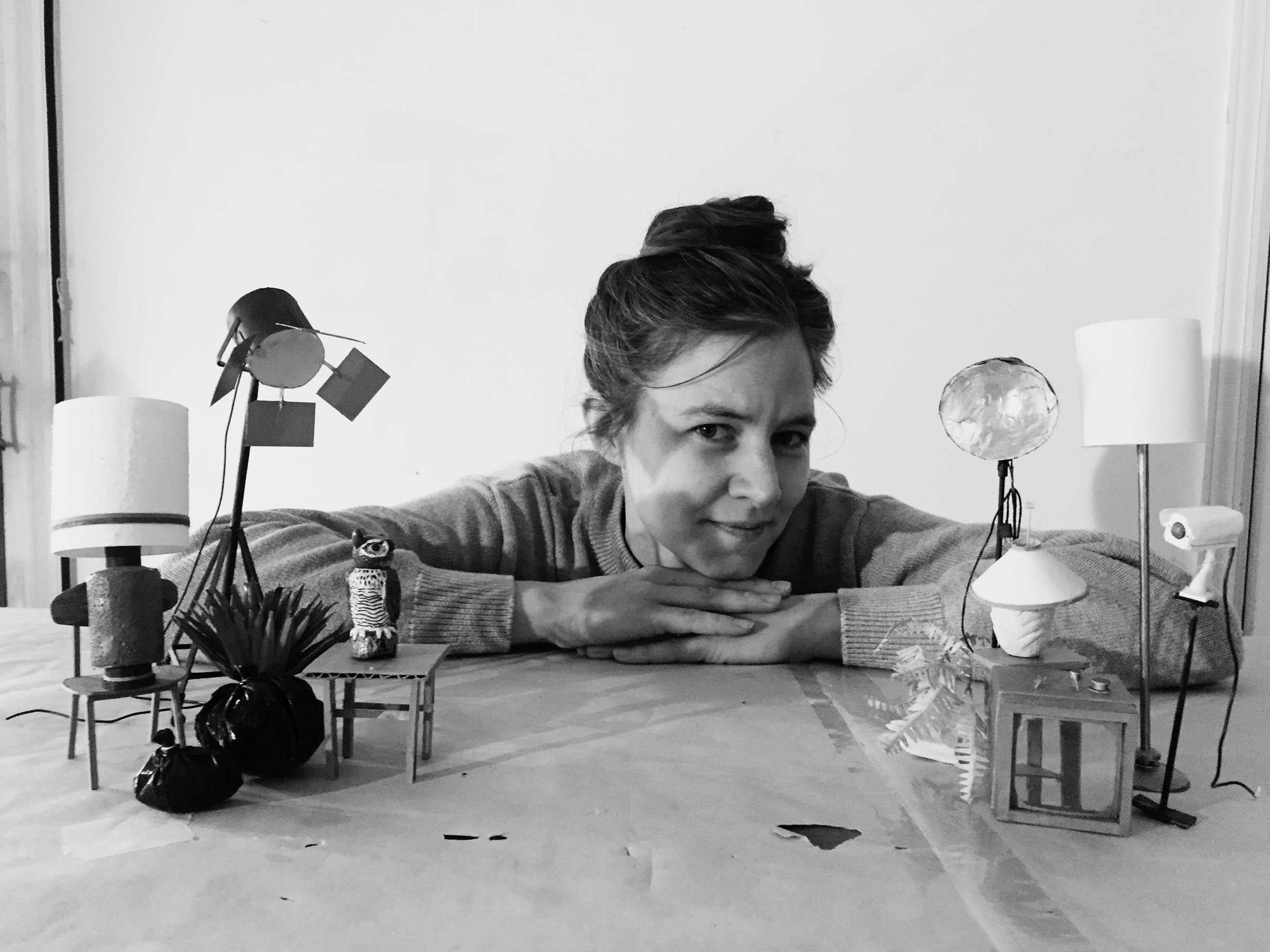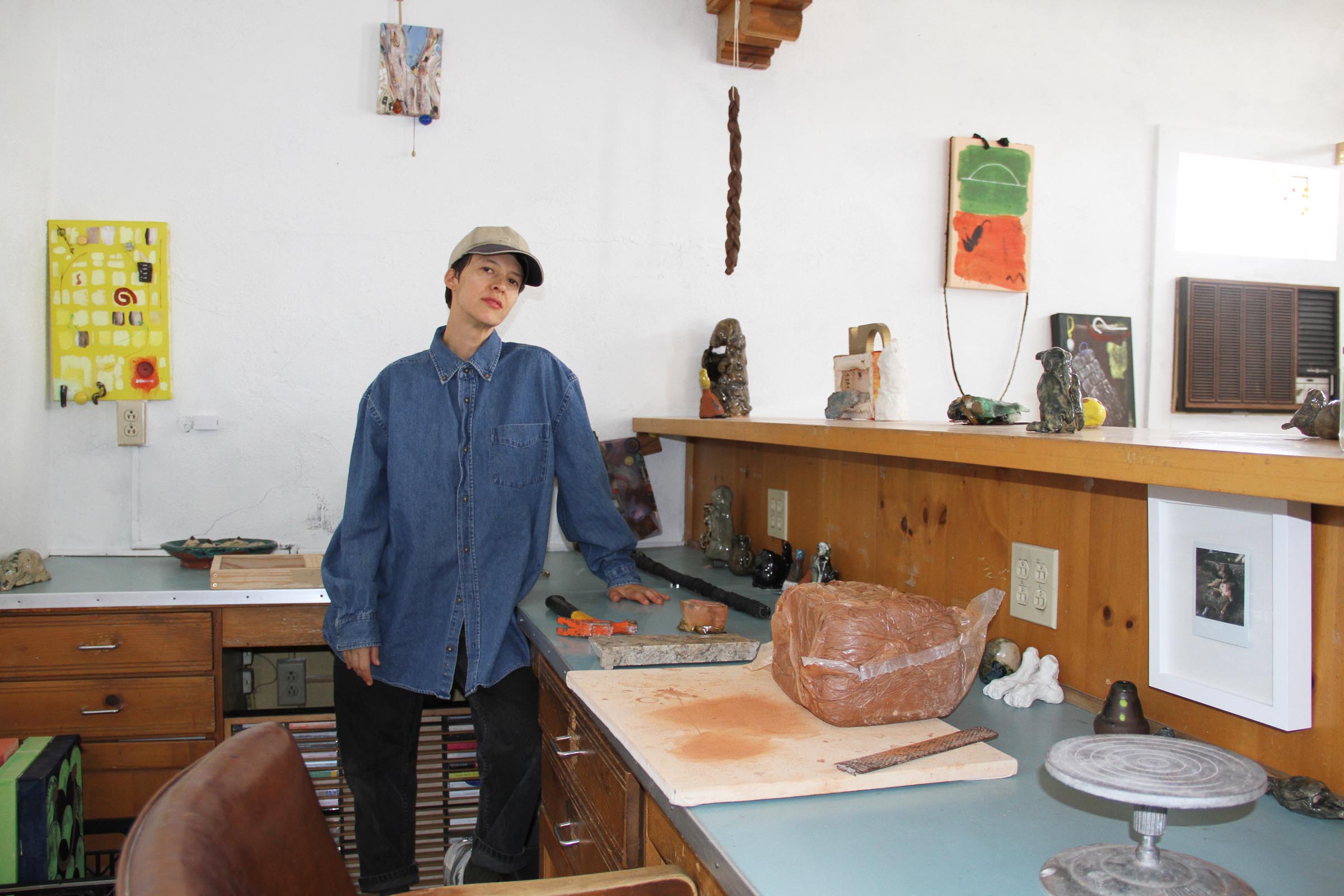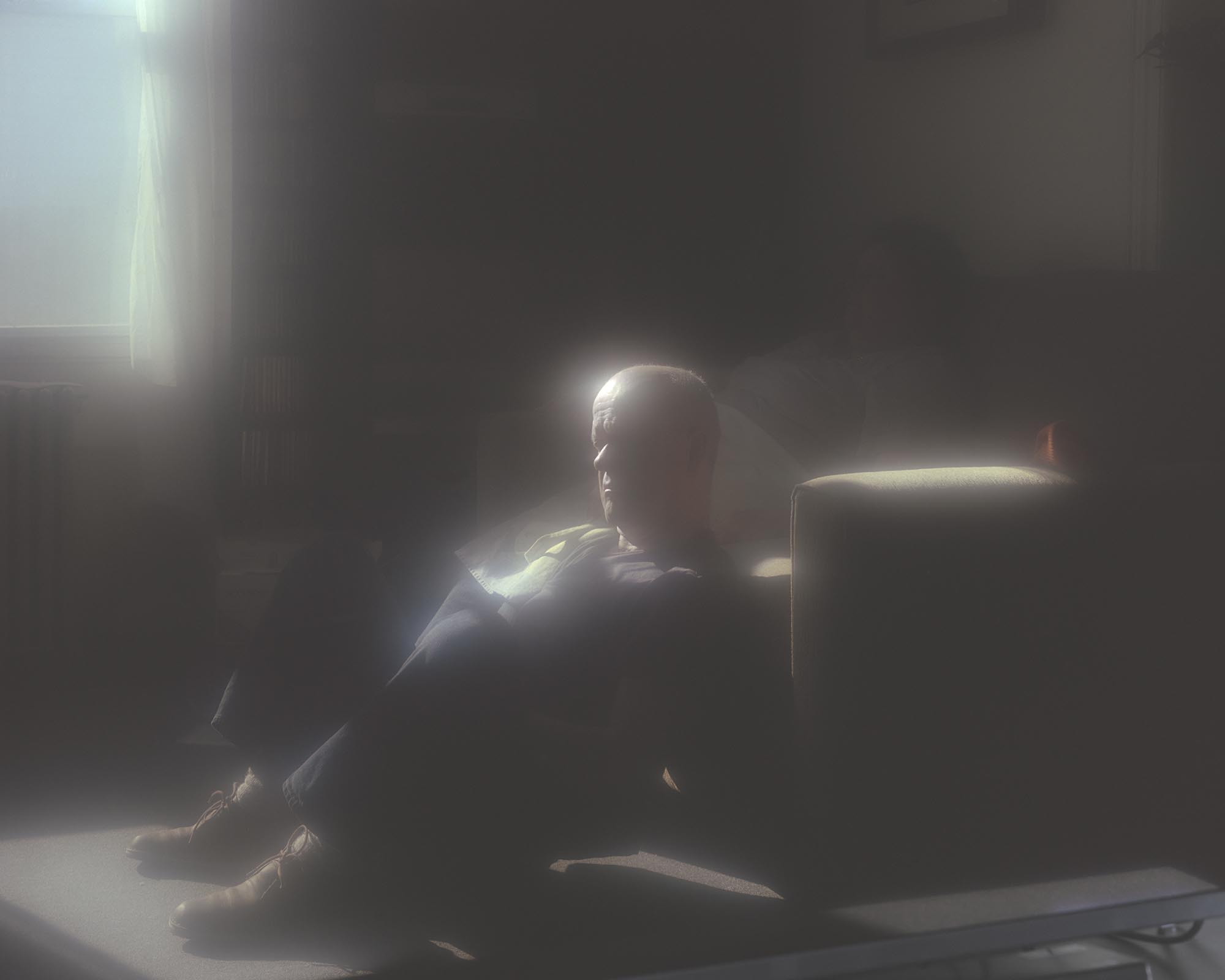
To start, tell us about yourself. What’s your background & how did you get into making art?
I was born in Manizales, Colombia and raised in the Riverside section of Paterson, NJ, after my parents, brother, and I moved there in 1981. How’d I get into making art -The simple answer is I stole a camera when I was 18/19 years old from the K-Mart I was working at, during that time. I didn’t use it until I took a photo class at my local community college. I didn’t realize how important art was to me, soon after I decided to become a photographer and pursue a career in the arts, I got a BFA with a concentration in photography at 30. And went on to grad school & received an MFA at 37. I haven’t looked back since.
What are you currently working on? Describe your most recent body of work.
At the moment I’m working on a few things; mainly my East 17th St project – in this work, through my parents and their environment I look at the things that created our immigrant experience. I’ve also been making photos in Wilson, NC – When I first came to Wilson in 2016, I was reminded of my native Paterson’s (NJ) downtown; historic but in the midst of transition. Wilson is full of potential and promise but for whom that much I’m unsure of. I would also like to make some work with and about Alzheimer’s.
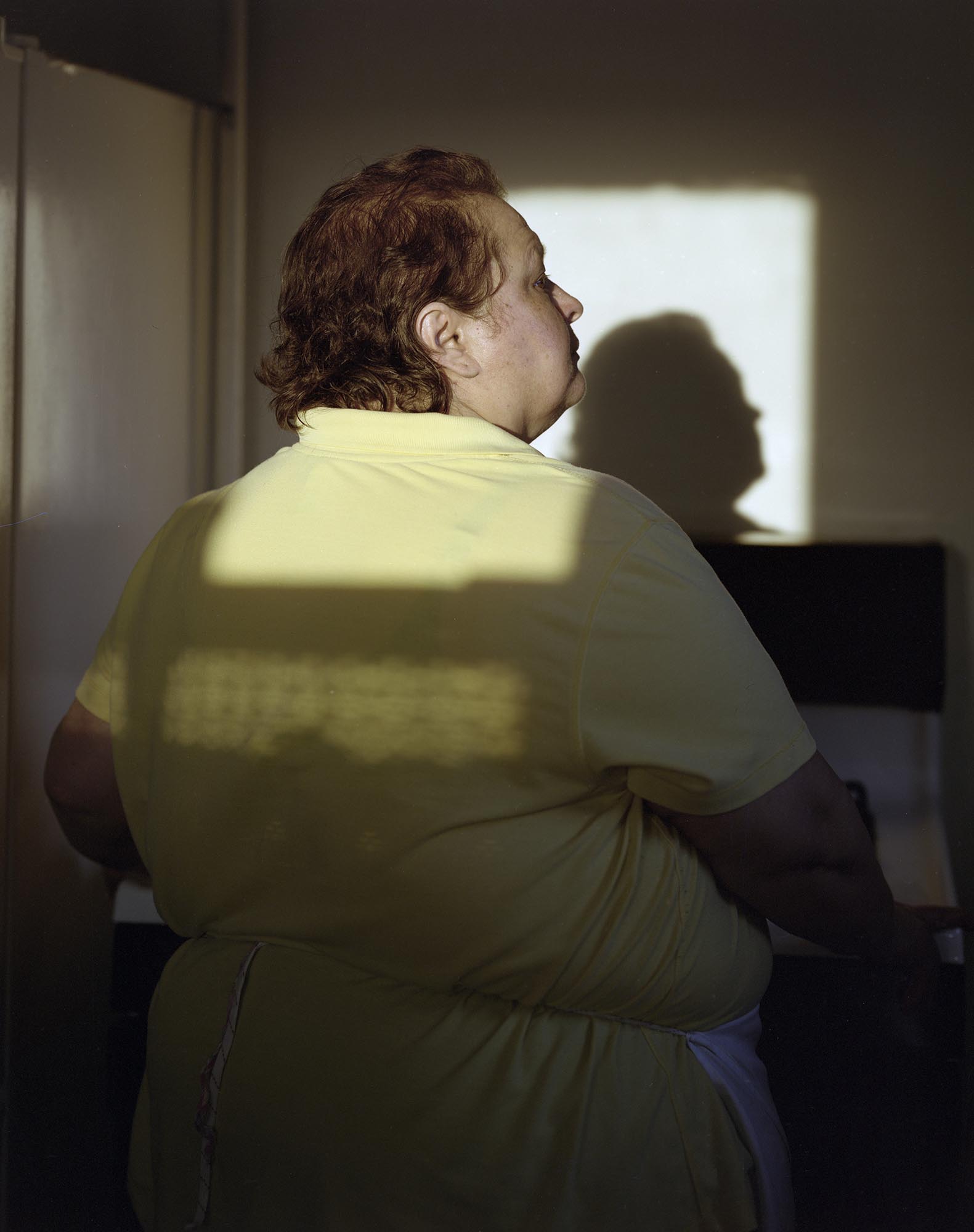
Mom (Summer), Paterson, NJ 2018
Where do you find inspiration when starting a new body of work?
Inspiration is usually born out of something personal, but here are a few sources, not limited to:
The Met – especially the 19th century wing
The Frick Collection
Books of Poetry – Usually Philip Levine or Roger Bonair-Agard
Photo books!
The Moth Radio Hour
Instagram
Do you work in distinct projects or do you take a broader approach to your practice?
My practice is very much project based, I do however work at making a picture every day whether it’s part of an overall project or not. I usually start out with a pretty lofty all encompassing idea and take it from there. What eventually happens is that after working on something for a while eventually focusing on a smaller cross section of the original idea.
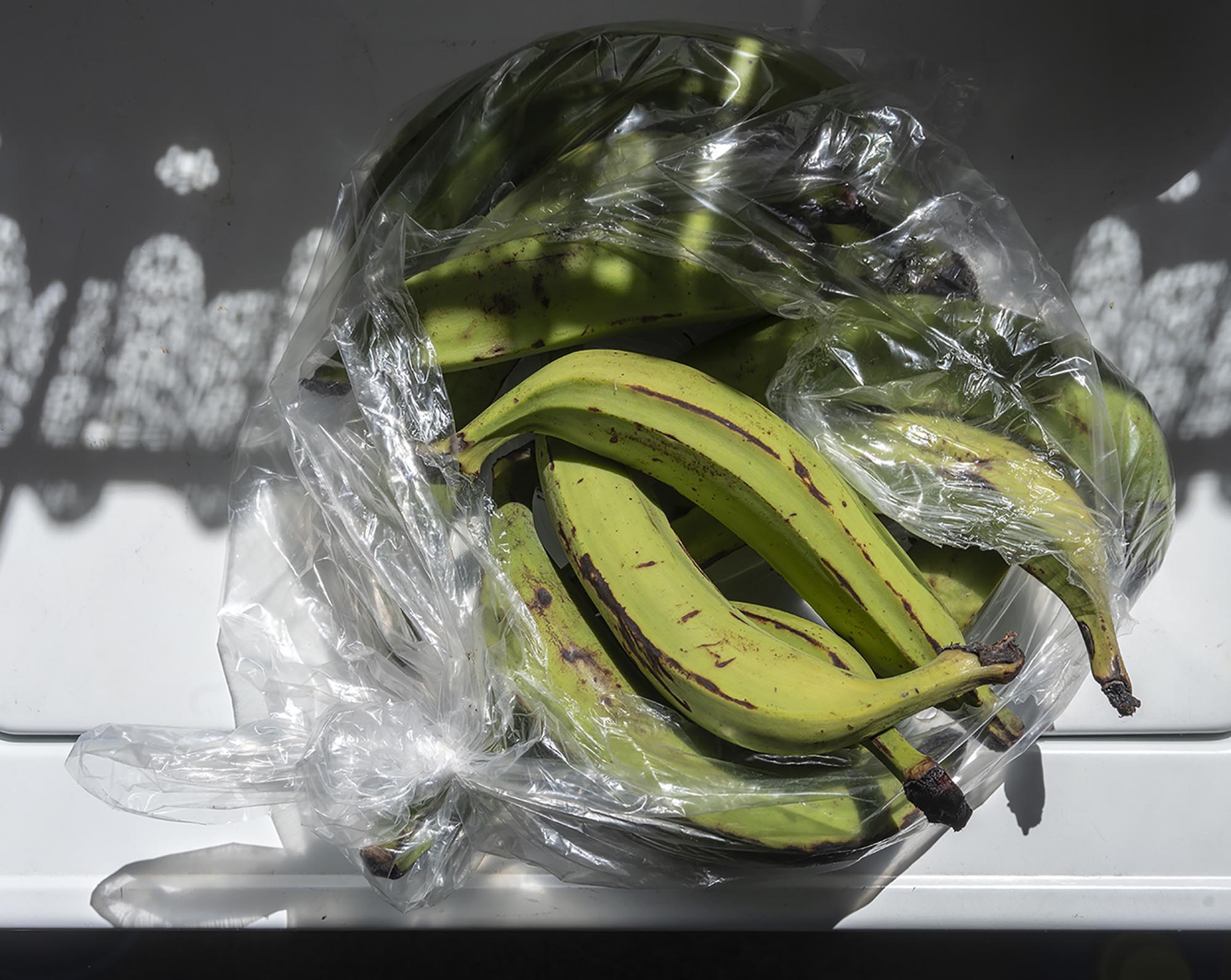
Platano Verde/Green Plantains, Paterson, NJ 2018
Describe a day in your studio. What is your schedule like, how do you divide your time?
I really don’t have a studio practice per se. I go out into the world to make pictures, then a trip into the darkroom to make proof prints. Followed by a high-res scan and final print. I tend work best from March to November, making the bulk of my work in this time; the light is just right/better during this period – the light lasts longer as well. I wouldn’t call my desk & computer my studio but it is where a lot of time is spent in post production! I try and set aside 30 minutes to an hour a day so that I do something related to my practice & this semester I have set Friday as a 9-5 work day for my ongoing projects. Something that is really important in balancing this all out is staying active, I try to exercise 4-5 times a week & run 3 times a week, I find that it keeps me thinking , sometimes a little too much.
Has your practice been influenced by technological changes/advances either online or through social media?
It’s inevitable! The Internet & social media can be great equalizer both as a promotional tool and as an influencer both good & bad. They are also democratizers, you can easily enter any name dead, alive, relevant or not into a search engine and it’s there! Social media too plug in any hash tag and you’ll discover a whole new community of people who sometimes become actual friends rather than an anonymous follower.
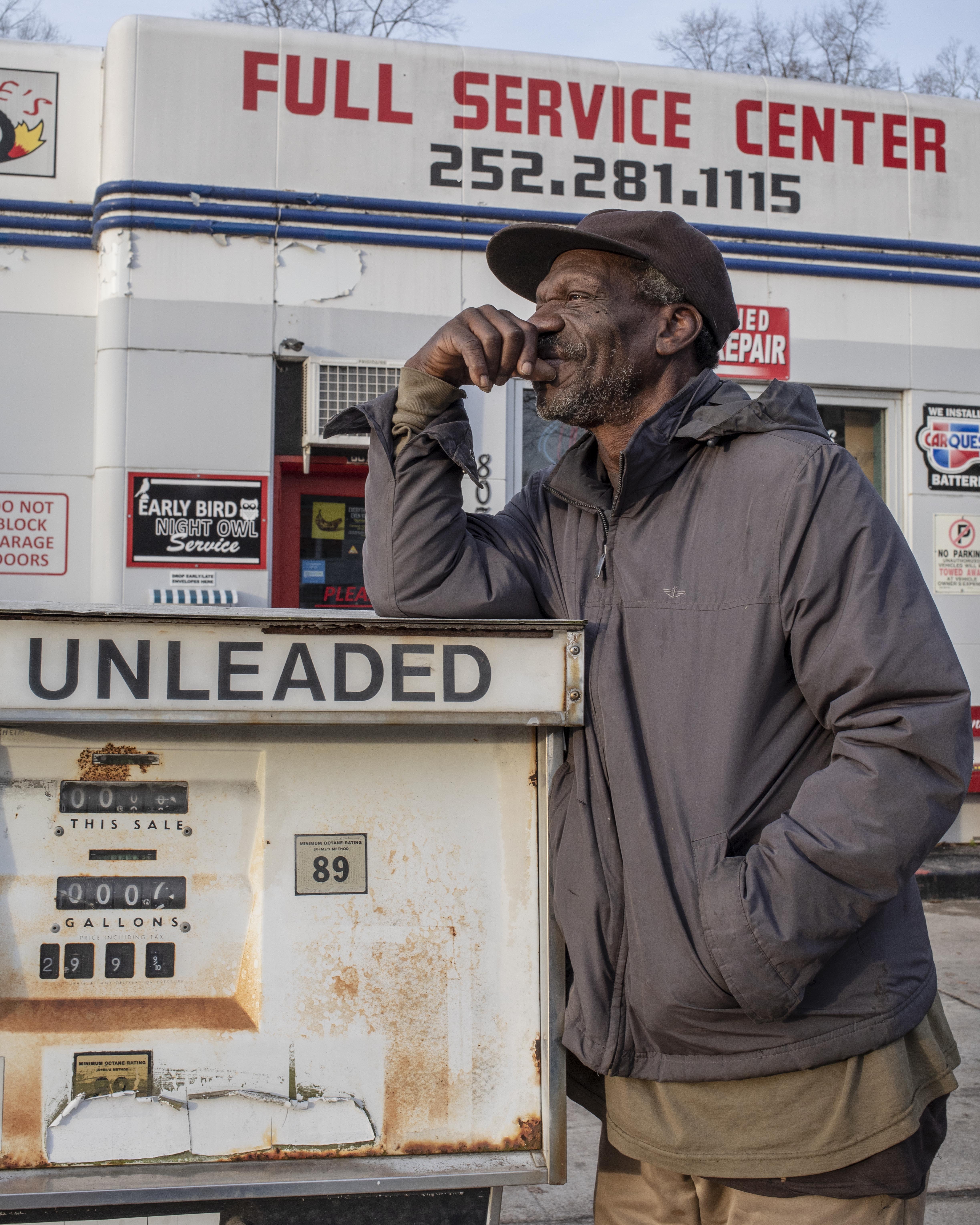
Richard, Wilson, NC 2018

Tig (at work), Wilson, NC 2018
Given our current cultural climate, the importance of artists is undeniable, we need them now more than ever. Do you find the social responsibility intimidating at all or does this help fuel your work?
I’ve thought about this quite a bit over the last couple of years, even prior to the current administration; it always has, maybe not overtly but it has. To the point that I just had to vocalize it one day, particularly after looking at so much photo work done about minorities/POCs by white men dead or alive. While the imagery was beautiful the narrative was off to me, I felt that as a first generation immigrant and laborer that I could offer a different narrative – one of a first generation immigrant & laborer.
As a first generation immigrant and laborer I felt I could offer a different narrative.
Juan C. Giraldo
What are some of the challenges you have experienced in your practice?
Time, money, access to curators/editors. The level of expectation when it comes to producing work that isn’t healthy; especially when your practice is so dependent on making work on film, it hasn’t gotten any cheaper.
What are some of the most rewarding aspects of art making?
Art making can be such a selfish act regardless of noble intentions. That being said what I love most is sharing my work with the people I make work for and about. And while I’m honored by the collections that have acquired my work, I’m always humbled when I walk into anyone of my subject’s homes and see the photo(s) I’ve made of them hanging on their wall.

Dee Dee (at work), Bridgestone Plant, Wilson, NC 2018
What is one art related book and non-art related book that you recommend other artists read?
This is a tough one! I know I only need one but I have two art related books that have been helpful to me, one being “Steal Like an Artist: 10 Things Nobody Told You About Being Creative” by Austin Kleon the second being “Uncreative Writing” by Kenneth Goldsmith.
A non-art related book would have to be Ernesto Sabato’s “El Tunel” I read it every couple of years or “Little Labors” by Rivka Galchen.
Where do you go to discover new artists?
Instagram
How did you get your first exhibition?
I reached out to a local historical institution at the encouragement of one of my mentors. It was at the Pietro and Maria Botto House/American Labor Museum in Haledon, NJ.
What methods do you find most productive in promoting your work?
It’s a mix of email, Instagram, and snail mail!
What advice would you give to your younger self? How about to other artists? Are there lessons you have learned through your commitment to your practice which you think might be of value to others?
That’s a tough one and hindsight is 20/20; it would be that it’s easier to ask for forgiveness than it is for permission. Definitely, take more risks be more persistent and ask more questions.
Learn More
Juan Giraldo is a recent winner of The Hopper Prize. To learn more about Giraldo’s background and practice:















